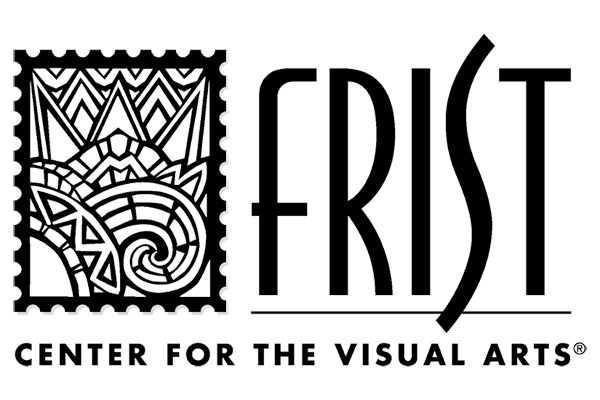Strategies for Expanding Access
Part 1 of Arts & Inclusion, A Guide for Expanding Access to the Arts for Persons with Disabilities.
From William Coleman, CDE, Former Director of Arts Access –
The arts and inclusion conversations across the state covered many topics. Even so, a consensus on three keys to effective inclusion of patrons with disabilities emerged.
Effective, courteous and open communication between patrons with disabilities and arts organizations is essential.
Arts programming specifically aimed at being more inclusive expands and diversifies our audience. The key to effective programming is to consider what components might enhance an arts experience for audience members with particular needs and characteristics.
Extending a welcoming invitation through marketing is vital to letting diverse audience members know you want them there.
Train volunteers, staff, docents, and anyone who will be interacting with your customers. The Frist Center for the Visual Arts in Nashville partners with the Tennessee Disability Coalition and Center for Independent Living for guidance and development of its training program.
Getting Started – People First
For those with little or no experience with persons with disabilities, there may be hesitation or a fear of doing or saying the wrong thing. Here are some tips to overcoming that barrier.
Respect is the watchword for treating any individual, with or without a disability. Tennesseans with disabilities lead independent, self-affirming lives and define themselves according to their personhood—their ideas, beliefs, hopes and dreams—above and beyond their disability.
An excellent starting point when meeting, seeing or thinking about a person with a disability is to presume competence.
Another step in the right direction is making every effort to use respectful and inclusive language.
Inclusive Language
Consider the following examples of more respectful language:
- People with disabilities, not “the disabled”, and never “the handicapped”
- People with intellectual disabilities, not “slow” or “retarded”
- People of short stature, not “midget” or “dwarf”
- People with a mental health diagnosis, not the “mentally ill”
- Persons without disabilities, not “normal” people
- People who use wheelchairs, not those who are “wheelchair bound”
- Arts administrators, not “those arts people!”
Unfortunately, preferred language often changes over time. For additional information or help with inclusive language, talk with regional disability organization representatives or a statewide partner like the Tennessee Council on Developmental Disabilities or the Tennessee Disability Coalition.


